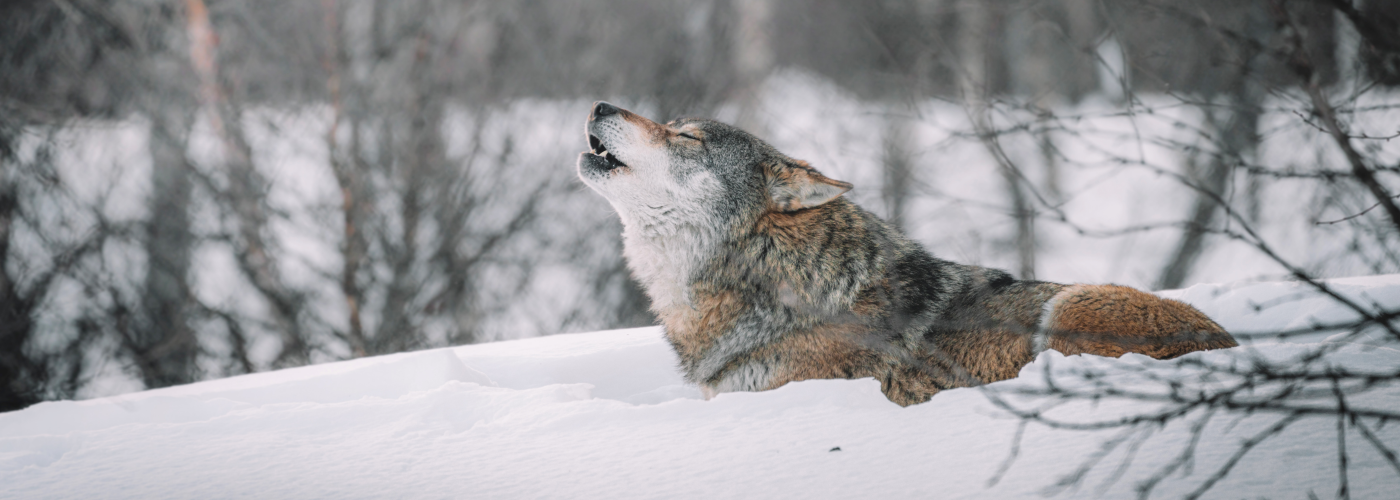

In Michigan's Upper Peninsula drivers would see areas up areas of dead deer carcasses on the side of the road, due to car collisions with deer. Just recently in the 1990s and 2000's, gray wolves have migrated south from Canada in search of more food. This is actually good news, as it has lead to less deer and car collisions!
A team of scientists gathered data about road collisions and wolf movement in Wisconsin to determine how the arrival of wolves affected the frequency of deer and auto collisions. They found it created "a landscape of fear" for the deer. "In a pretty short period of time, once wolves colonize a county, deer vehicle collisions go down about 24%," said Dominic Parker, a natural resources economist at the University of Wisconsin, Madison and co-author of their new study published Monday in the journal Proceedings of the National Academy of Sciences. He goes onto mention, "When you have a major predator around, it impacts how the prey behave," he said. "Wolves use linear features of a landscape as travel corridors, like roads, pipelines and stream beds. Deer learn this and can adapt by staying away."
Gray wolves are protected under the Endangered Species Act and were reintroduced to Yellowstone National park in 1995. Other regions of the United States, the wolves are dispersed and the population of them are back up to 5,500! The wolf study "adds to growing awareness that scientists should consider both the costs and the benefits of having large carnivores on the landscape," said Adrian Treves, a University of Wisconsin conservation biologist mentioned in the article.